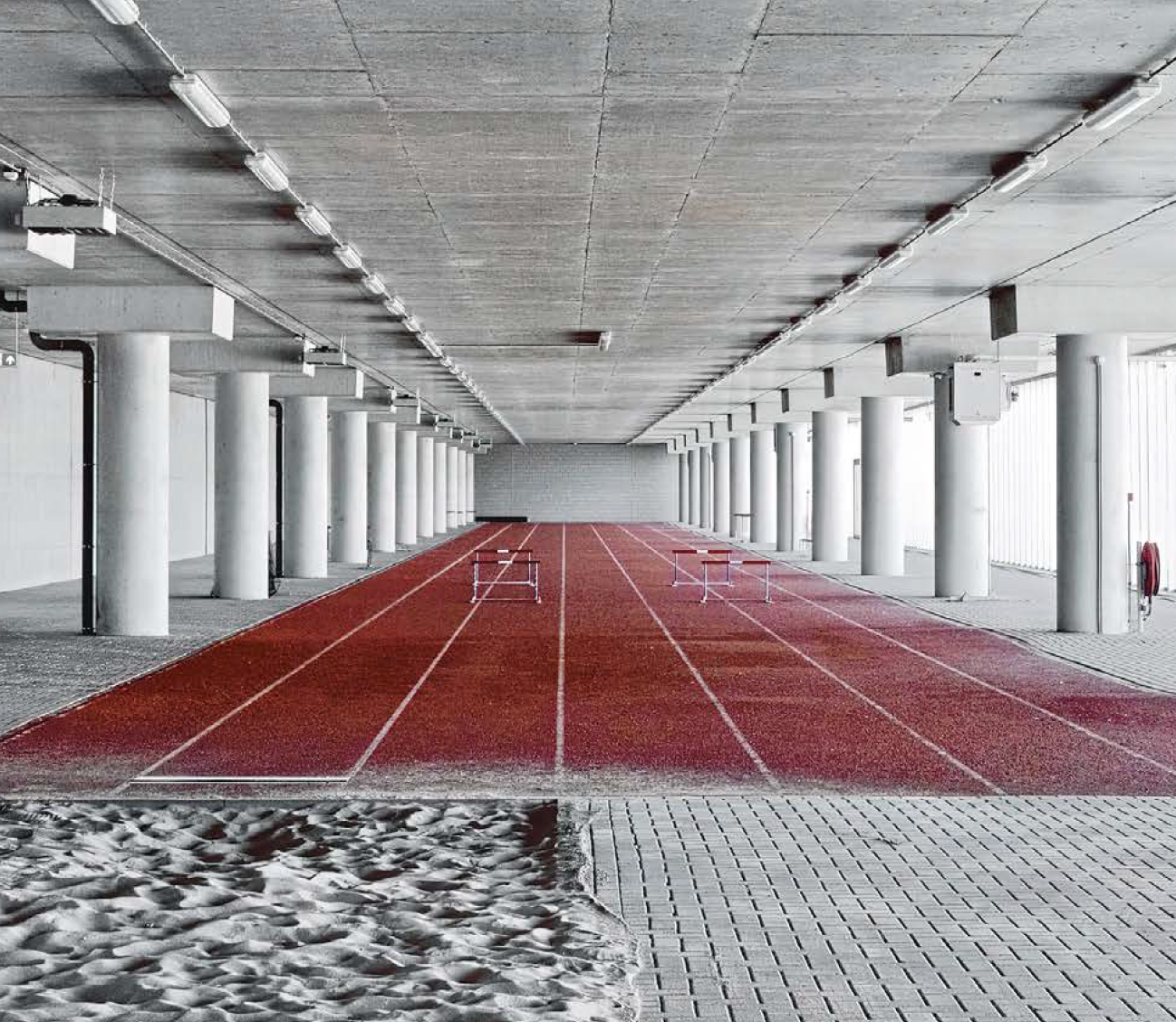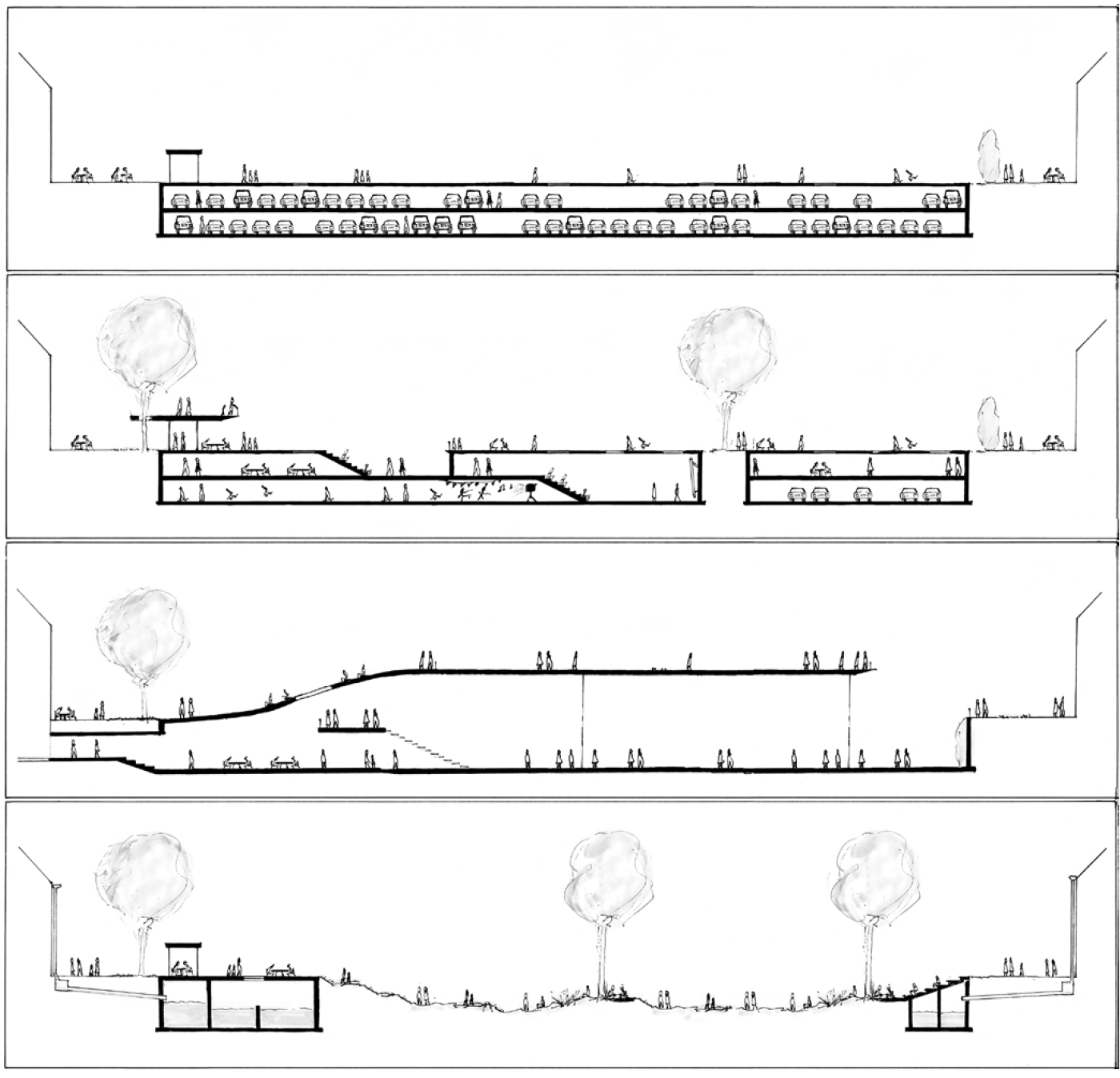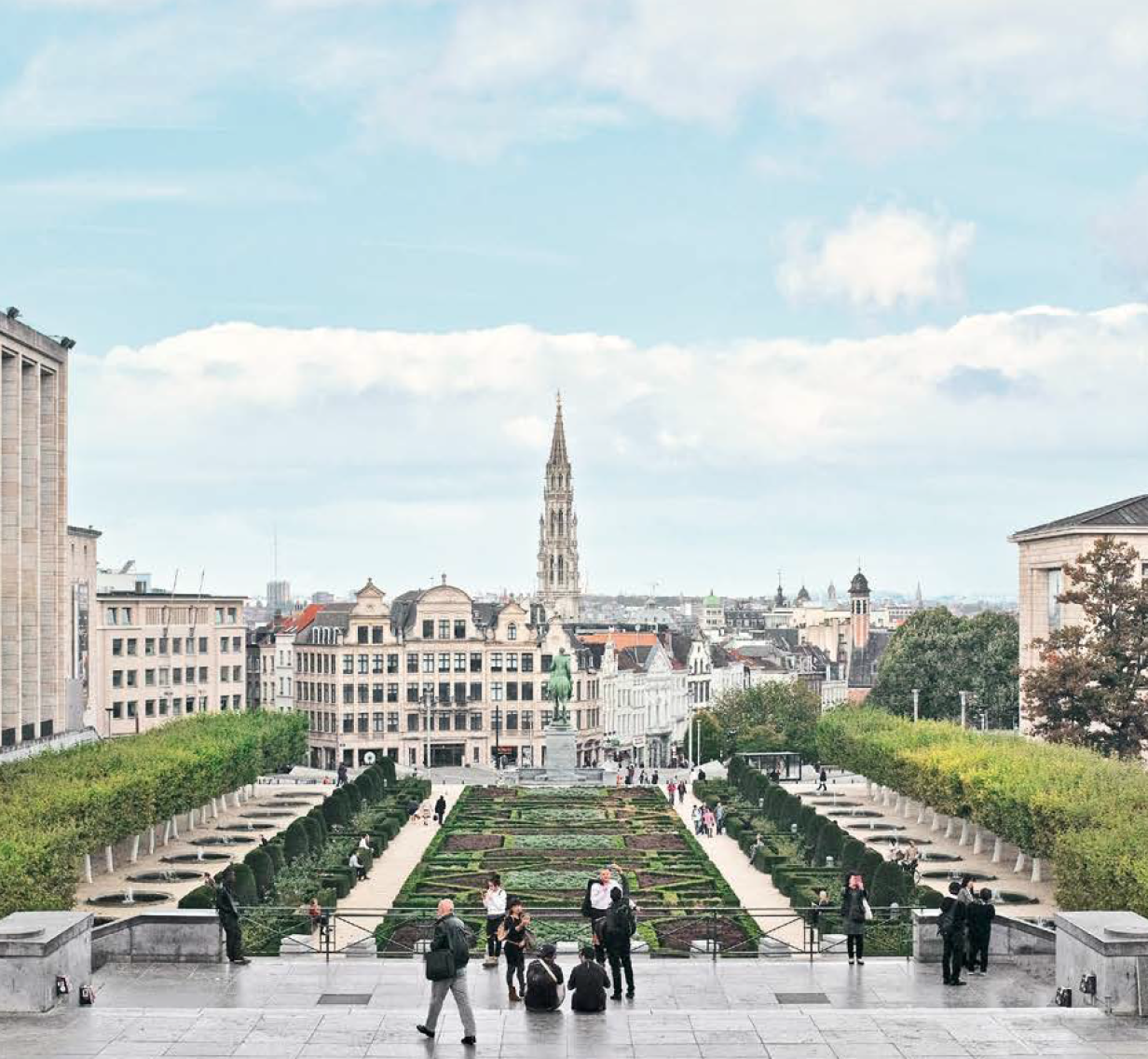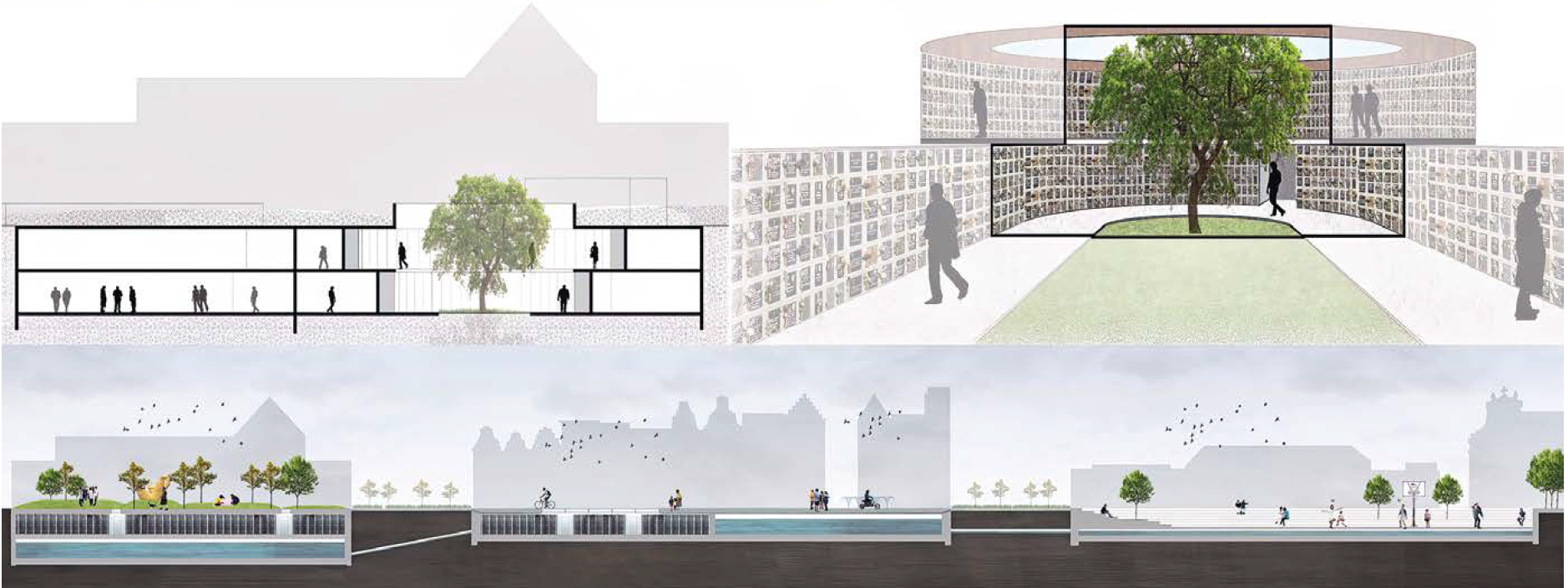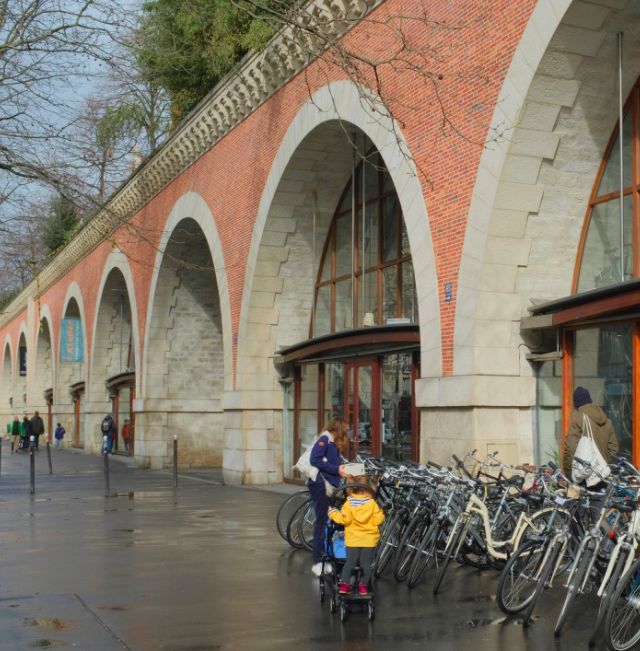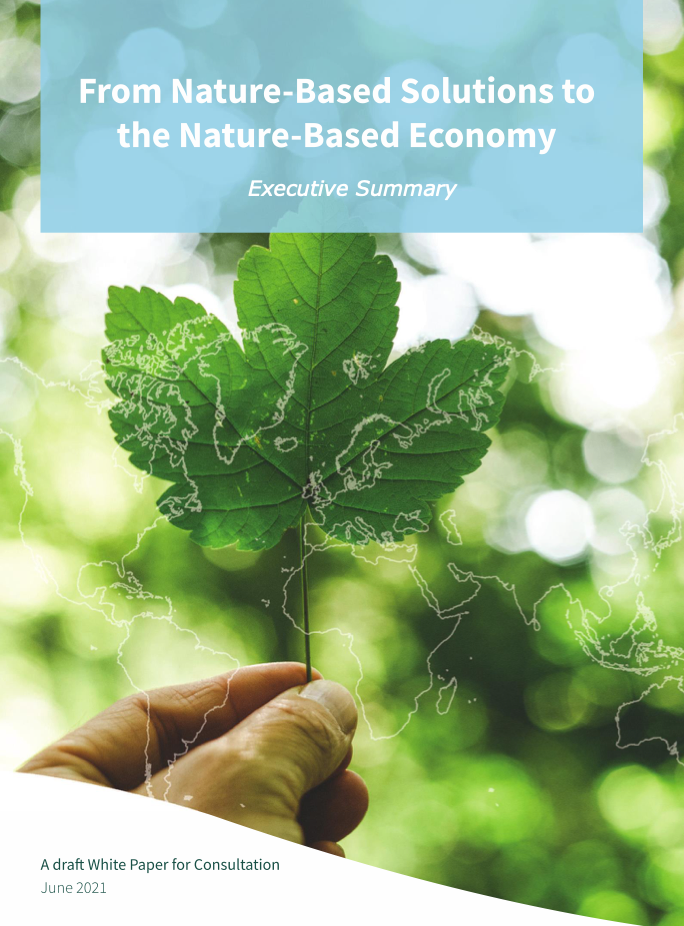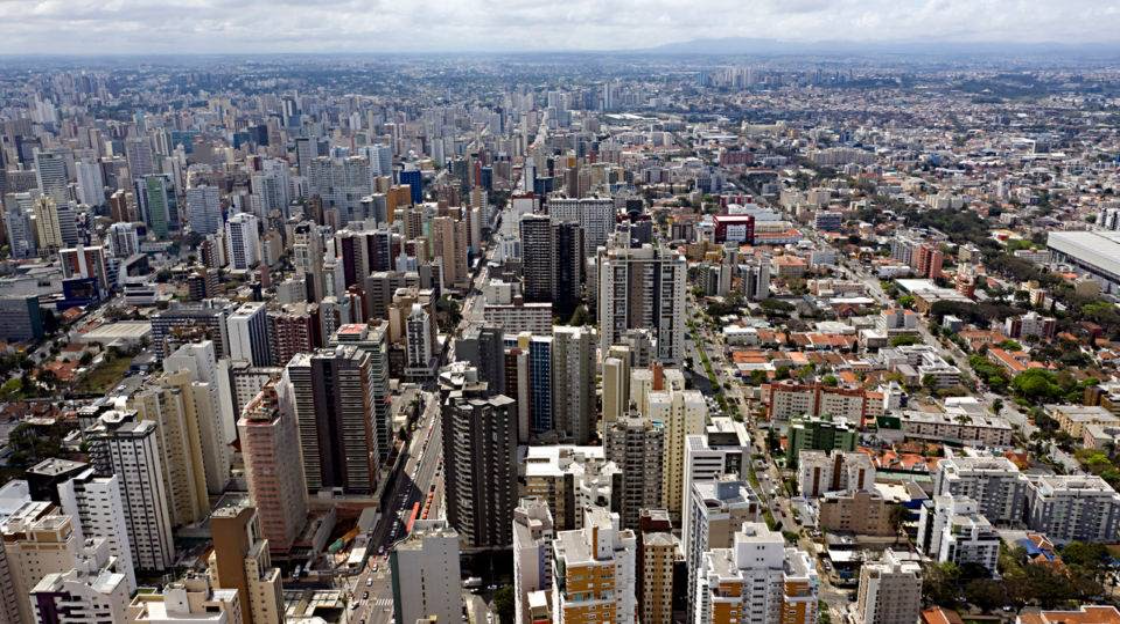Automotive urban landscapes: Exploring public programmes for adaptive reuse of underground car parks
Authors: Raf Ilsbroekx & Maarten Van Acker
Abstract
Public underground car parks could be interpreted as capsular infrastructure landscapes, attracting cars to the heart of the city and sweeping them under the proverbial carpet. However, today many contemporary urban planners and policymakers tend to discourage car use in their city centres, causing a decreasing need for parking space. This emerging paradigm shift in mobility creates the potential for adaptive reuse of these hidden landscapes. However, scenarios for adaptive reuse of these specific urban landscapes are currently lacking. Through research by photography, the study first uncovers the specific morphology of underground car parks by visually unpacking the construction into its constituting elements. Then three scenarios for adaptive reuse are elaborated through a landscape approach, all facilitating more inclusive and sustainable urban public programmes. Finally, the impact on the urban landscape and the potential of these scenarios are tested in the specific design context of a small-scale city: a network of three car parks in Mechelen in Belgium serves as a canvas for this research by design conducted in the context of a Master’s design studio.
To cite this article: Raf Ilsbroekx & Maarten Van Acker (2021) Automotive urban landscapes: Exploring public programmes for adaptive reuse of underground car parks, Journal of Landscape Architecture, 16:3, 24-39, DOI: 10.1080/18626033.2021.2031736
To link to this article: https://doi.org/10.1080/18626033.2021.2031736
